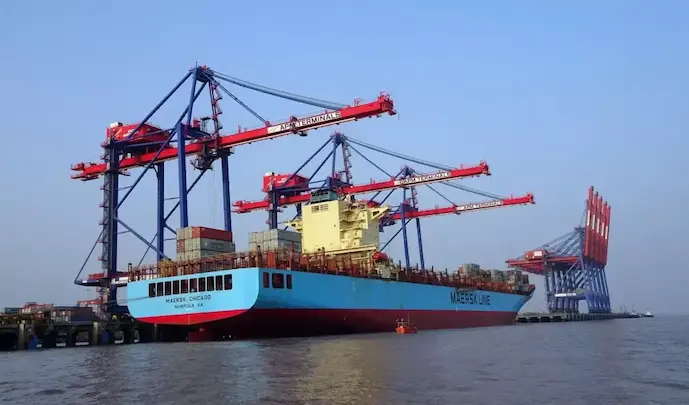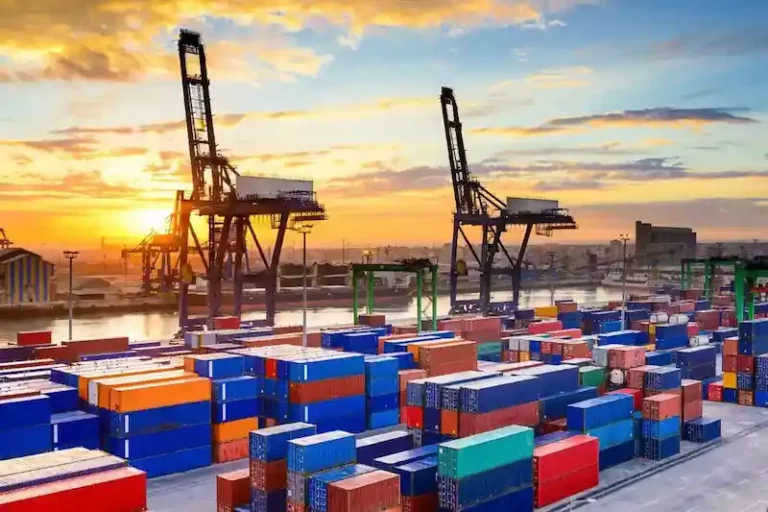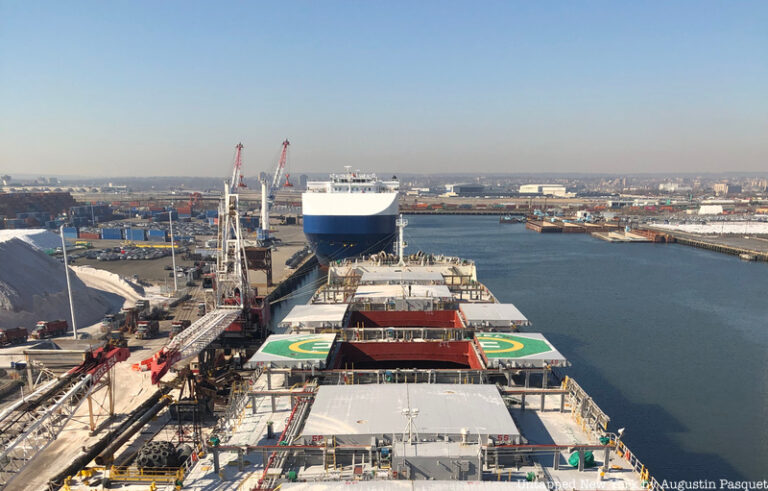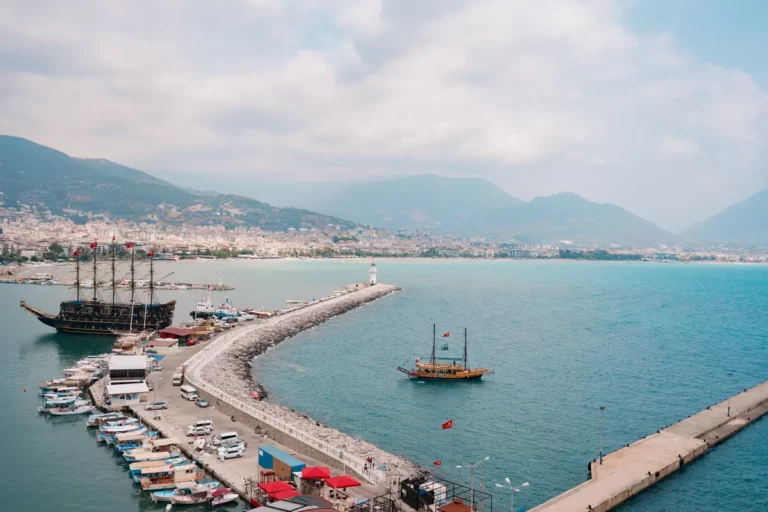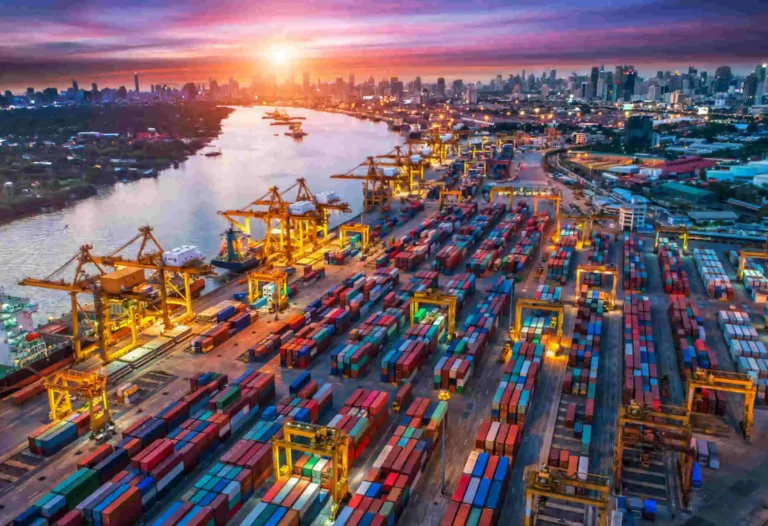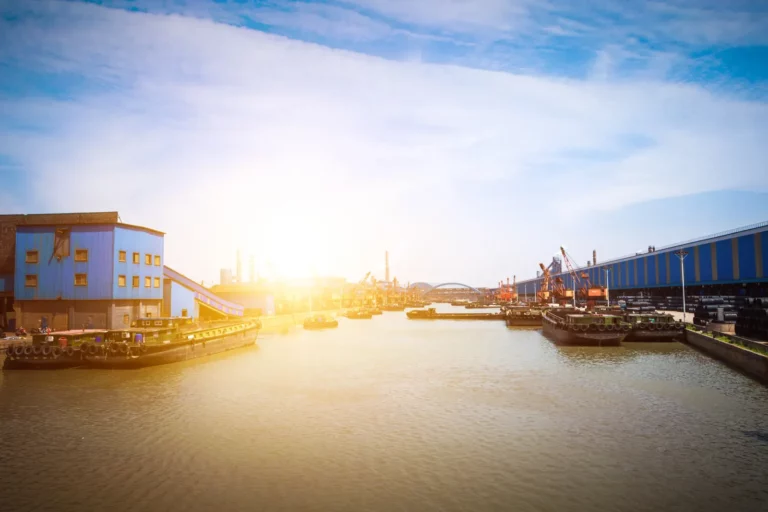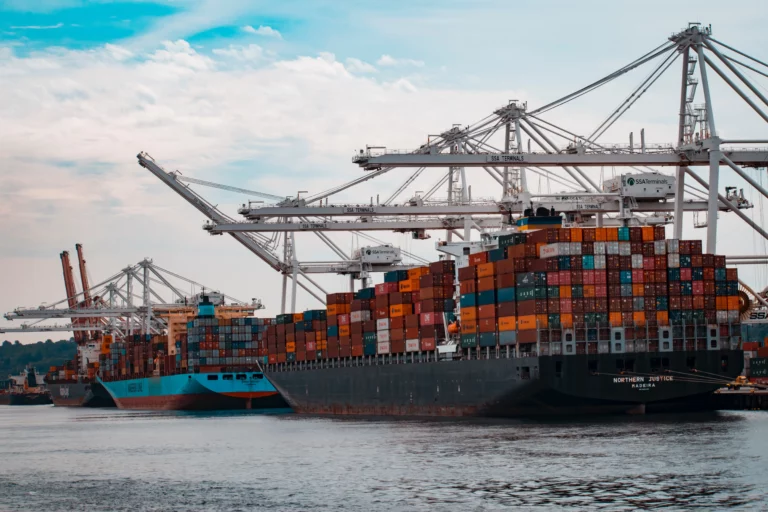13 Major Ports in India
India’s ports are the backbone of its trade and economy, handling over 95% of the country’s foreign trade by volume. With a vast coastline of more than 7,500 kilometers and 12 major ports, these hubs move millions of tonnes of cargo every year, connecting India to global markets.
In the fiscal year 2022-23 alone, India’s sea ports processed a record 795 million tonnes of cargo, a testament to their critical role in facilitating international trade. This blog highlights the 15 major sea ports in India, offering a closer look at their capacity, traffic, and contributions to India’s maritime industry.
1. Chennai Port
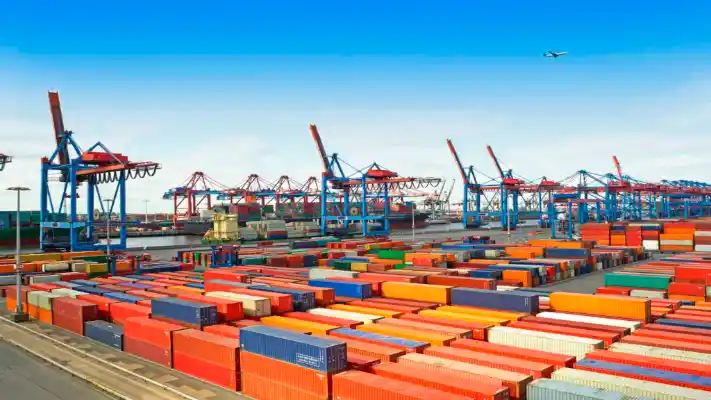
Chennai Port, one of India’s most important sea ports, continues to be a key player in the country’s trade network. In the financial year 2023-24, the port handled a total cargo volume of 46.76 million tonnes, with 30.44 million tonnes attributed to imports and 16.32 million tonnes to exports. As of October 2024, the port has processed 1.035 million TEUs (Twenty-Foot Equivalent Units), marking a steady increase in its container traffic.
The port is equipped with state-of-the-art infrastructure, including two international container terminals, a quay length of 1,500 meters, and a draft depth of 15.5 meters, allowing it to accommodate large vessels. Chennai Port has an annual capacity to handle 2.5 million TEUs, reinforcing its critical role in global supply chains.
Chennai Port also holds a significant share in India’s container traffic, contributing 18.6% of the total container volume at major Indian sea ports in 2022. With strong road and rail connectivity, it remains a preferred choice for businesses in southern India, ensuring the seamless movement of goods for both domestic and international markets.
2. Visakhapatnam Port
Visakhapatnam Port, located on India’s eastern coast, is a critical player in the country’s maritime trade. In the fiscal year 2022-23, it handled approximately 81.09 million tonnes of cargo, making it the third-largest port in India by cargo volume.
The port’s container traffic has also seen steady growth, with nearly 512,000 TEUs (Twenty-Foot Equivalent Units) processed in 2022 alone. By October 2024, the port’s year-to-date container traffic reached 0.395 million TEUs, indicating consistent upward momentum.
Notably, Visakhapatnam Port ranks 20th globally in the Container Port Performance Index 2023, highlighting its efficiency and strong position in international trade. Known for handling a variety of bulk cargo, it plays a key role in the export of iron ore, coal, and steel, contributing significantly to India’s trade with countries across Asia and beyond. With multiple berths and modern facilities, Visakhapatnam Port is poised to remain a major gateway for trade on the eastern seaboard.
3. Mumbai Port
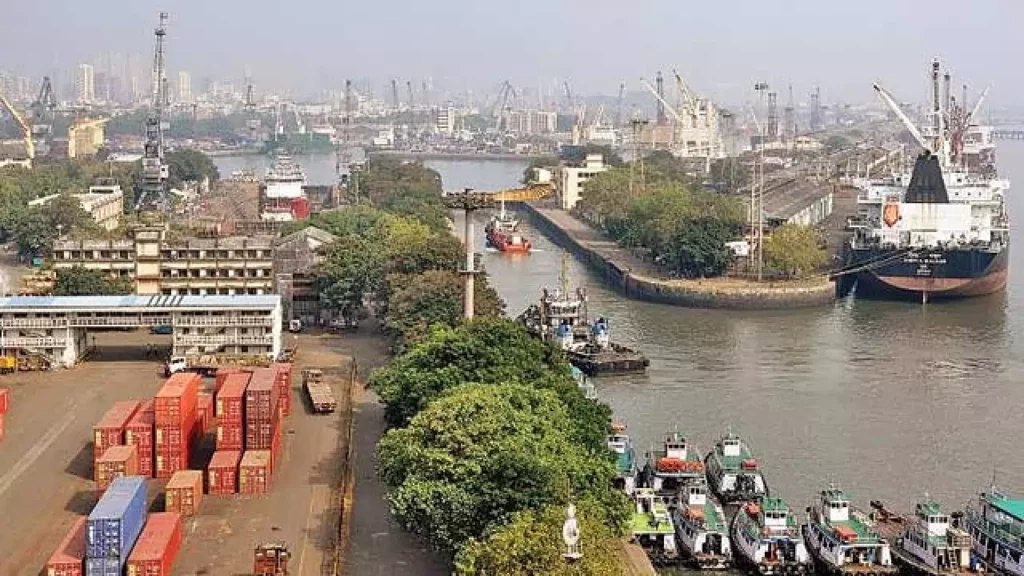
Mumbai Port is a major maritime gateway on India’s western coast. In the fiscal year 2023-24, it handled a record 67.26 million tonnes of cargo, surpassing its previous high of 63.61 million tonnes. In terms of container traffic, the port processed 0.002 million tonnes of containerized cargo in October 2024. Mumbai Port also supports significant passenger traffic, with 182,600 passengers recorded in the fiscal year 2023.
A vital hub for a range of imports and exports, including petroleum, textiles, and machinery, Mumbai Port continues to be an essential part of India’s trade infrastructure, linking the country to global markets.
4. Cochin Port
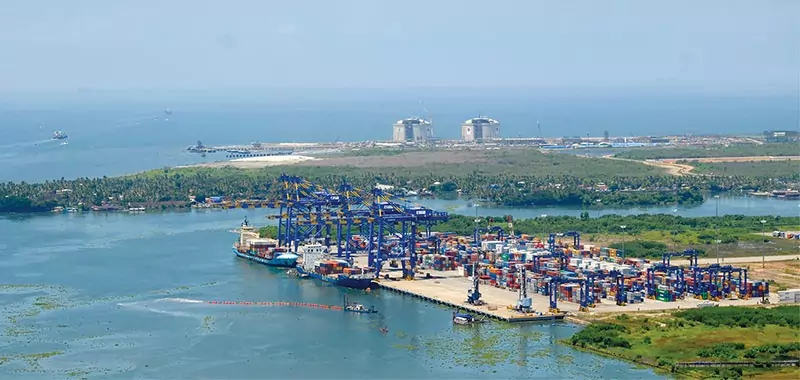
Cochin Port, located on India’s southwestern coast, plays a crucial role in the country’s maritime trade. In the fiscal year 2021–2022, it handled 34.55 million tonnes of cargo. The port processed 735,577 TEUs of containerized cargo during the same period, showcasing its growing capacity.
Cochin Port’s modern infrastructure and strategic location make it a key gateway for trade, particularly in sectors like tea, spices, and petroleum. As one of India’s major sea ports, it continues to enhance its capacity and contribute significantly to the regional and national economy.
Also Read: Top 15 Biggest and Busiest Ports in the World in 2024
5. Kandla Port
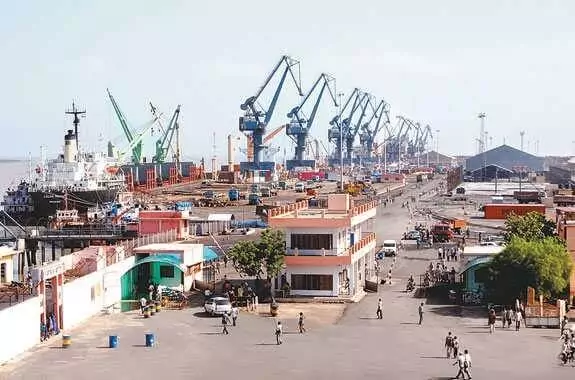
Kandla Port, officially known as Deendayal Port, is one of India’s busiest and most essential ports, handling diverse cargo. In fiscal year 2023, it processed over 137 million metric tons of cargo, making it a leading port in terms of volume. In October 2024, the port handled 4.034 million tons of containerized cargo, reflecting its growing capacity.
Kandla Port is a key player in the trade of petroleum products, edible oils, and fertilizers. During the same period, it managed 37.372 million tons of petroleum, oil, and lubricants, and 2.019 million tons of finished fertilizers. These statistics highlight Kandla Port’s pivotal role in India’s economy and its ability to efficiently handle a wide range of goods.
6. Shyama Prasad Mukherjee Port Trust
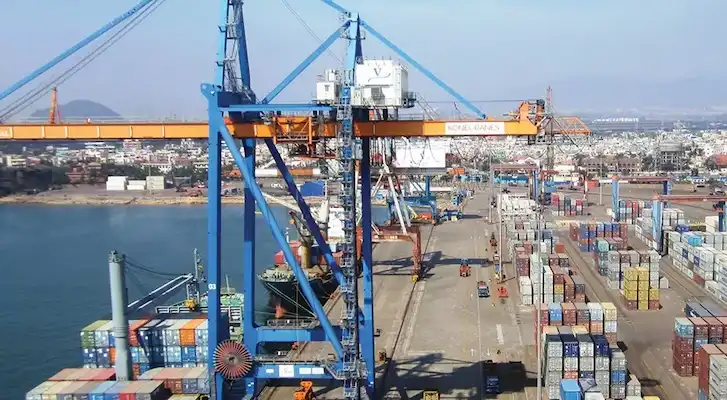
Shyama Prasad Mukherjee Port Trust, formerly known as Kolkata Port Trust, is a major port located in eastern India. In the fiscal year 2022–2023, the port handled over 92.34 million tonnes of cargo, setting a new record for the port. The container traffic also showed substantial growth, with the Haldia Dock Complex processing 107,000 TEUs during the same period.
Additionally, the port continues to play a crucial role in handling cargo such as coal, iron ore, and agricultural products. These statistics demonstrate the port’s increasing capacity and its significance in facilitating trade for the eastern region of India.
7. New Mangalore Port
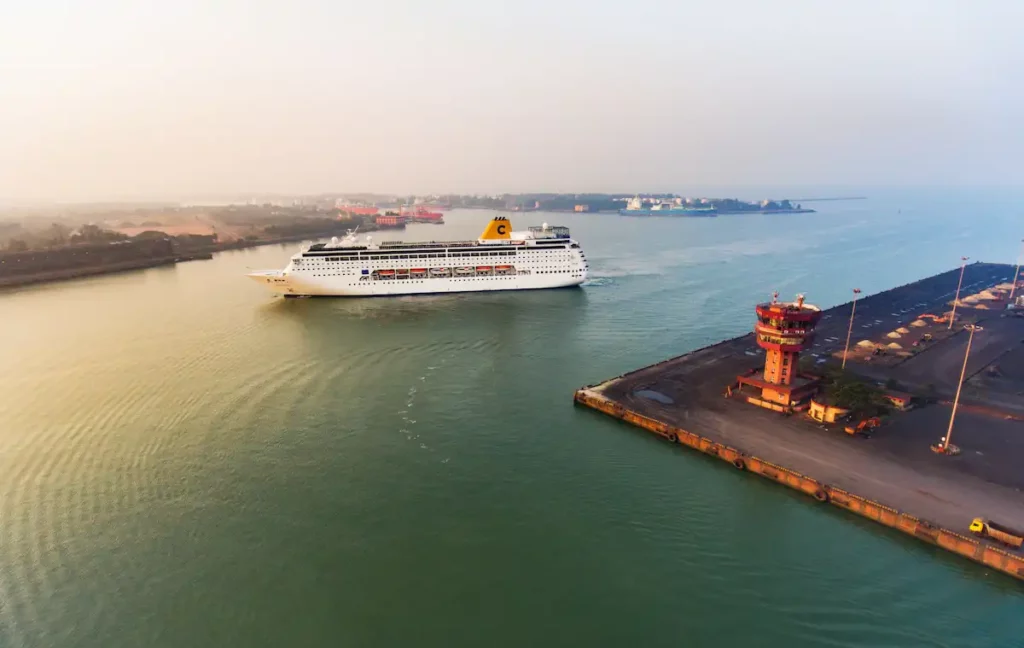
New Mangalore Port, located on the southwestern coast of India, handles a significant volume of trade. In the fiscal year 2022–2023, the port processed 34.119 million tonnes of cargo, including 734,274 TEUs of containerized goods.
The port’s capacity continues to grow, with 1.404 million tonnes of containerized cargo handled in October 2024 alone. New Mangalore Port is crucial for the export of commodities like iron ore, coal, and petroleum products, and it plays a vital role in trade in the southern region of India.
Also Read: Top 10 Major Sea Ports in USA- GoComet
8. Paradip Port
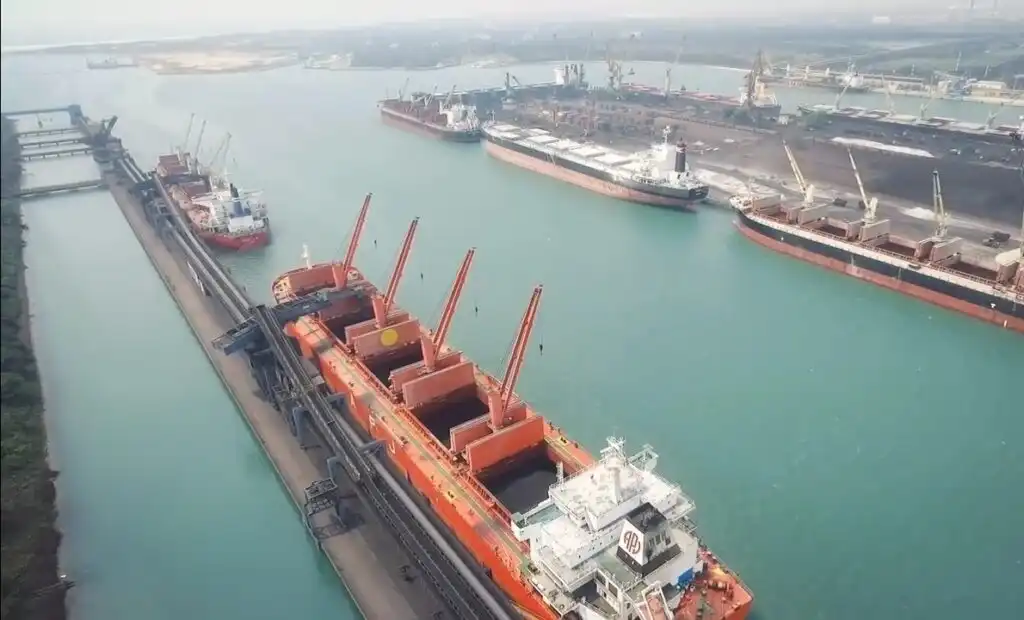
Paradip Port, located on the eastern coast of India, plays a significant role in bulk commodity handling. In the fiscal year 2022, it processed 116.1 million metric tons of cargo, reflecting a steady increase in traffic.
The port also managed 10,020 TEUs in container traffic, showcasing its capacity for containerized cargo. Known for handling key exports like coal, iron ore, and fertilizers, Paradip Port continues to be an essential hub for India’s maritime trade, supporting the economic growth of the region.
9. Ennore Port
Ennore Port, officially known as Kamarajar Port Limited, is a key player in India’s southeastern maritime trade. In fiscal year 2021, the port handled 201,000 TEUs of containerized cargo, a notable increase from 131,000 TEUs in the previous year.
In May 2022, it achieved a record 4.29 million tons of total cargo throughput, alongside handling 61,515 TEUs in containers. This growth positions Ennore Port as a crucial hub, particularly for industries in the southern region, further enhancing its role in India’s expanding maritime trade.
10. Jawaharlal Nehru Port (JNPT)
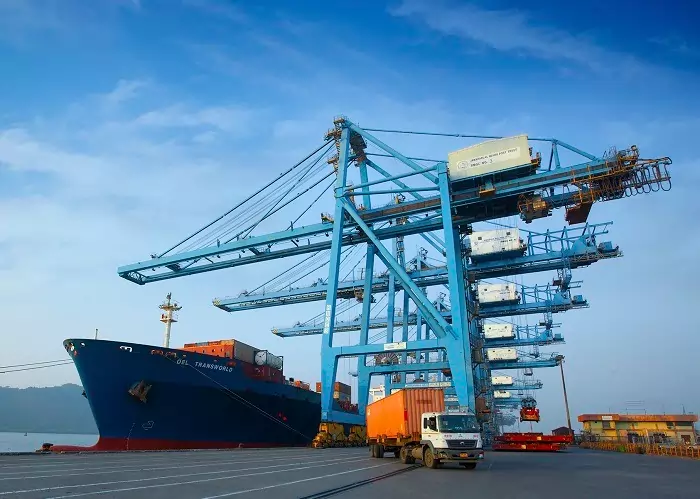
Jawaharlal Nehru Port (JNPT), located in Navi Mumbai, is the largest container port in India. It plays a critical role in India’s international trade, handling over 50% of the country’s containerized cargo. In the fiscal year 2022-2023, JNPT processed 6.05 million TEUs, reflecting a growth of 6.44% compared to the previous year. This is a testament to the port’s growing importance in the global trade network.
JNPT continues to expand its capacity to meet increasing demand. In Q1 of FY 2024-2025, the port handled 4.74 million TEUs, marking a 13.38% growth compared to the same period last year. Additionally, the port managed a total cargo volume of 60.05 million tonnes, which represents an increase of 6.41% year on year. This growth highlights JNPT’s strategic position as a key player in global logistics and its continued infrastructure development to handle growing traffic.
The port’s strong performance underscores its status as a cornerstone of India’s maritime sector, providing vital connectivity for imports and exports. With its well-established infrastructure and modern facilities, JNPT remains a central hub for containerized cargo and continues to drive the country’s economic growth.
11. Port Blair
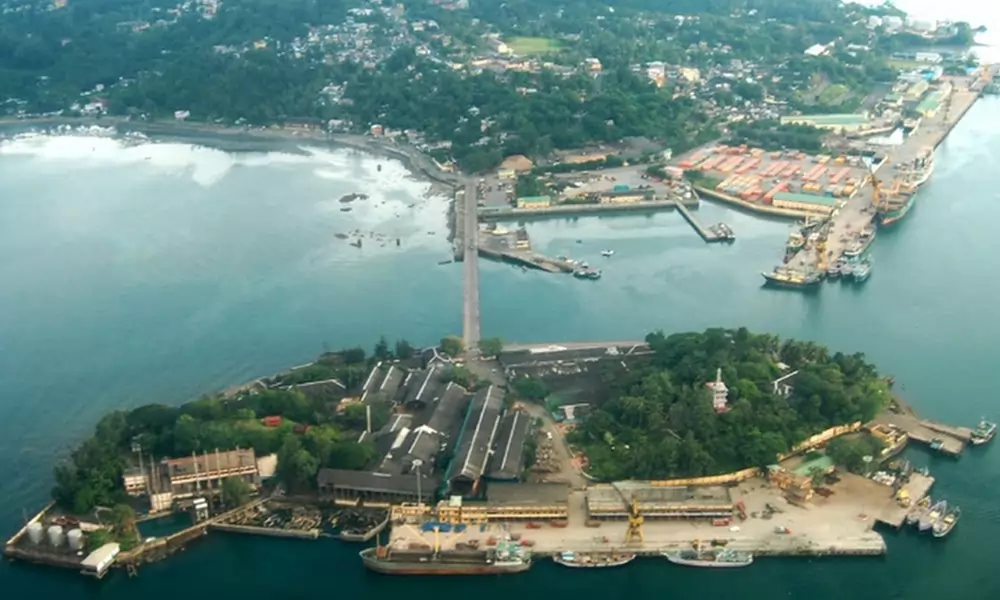
Port Blair, located in the Andaman and Nicobar Islands, plays a crucial role in the region’s trade. In 2023, the combined cargo traffic of non-major sea ports in the islands, including Port Blair, reached approximately 1.88 million metric tons.
Although specific container traffic data for Port Blair is not extensively available, the port handles vital cargo such as petroleum products, cement, and food grains, which are critical for the local economy. These figures underscore Port Blair’s importance in maintaining supply chains for the islands and supporting regional trade.
12. Mormugao
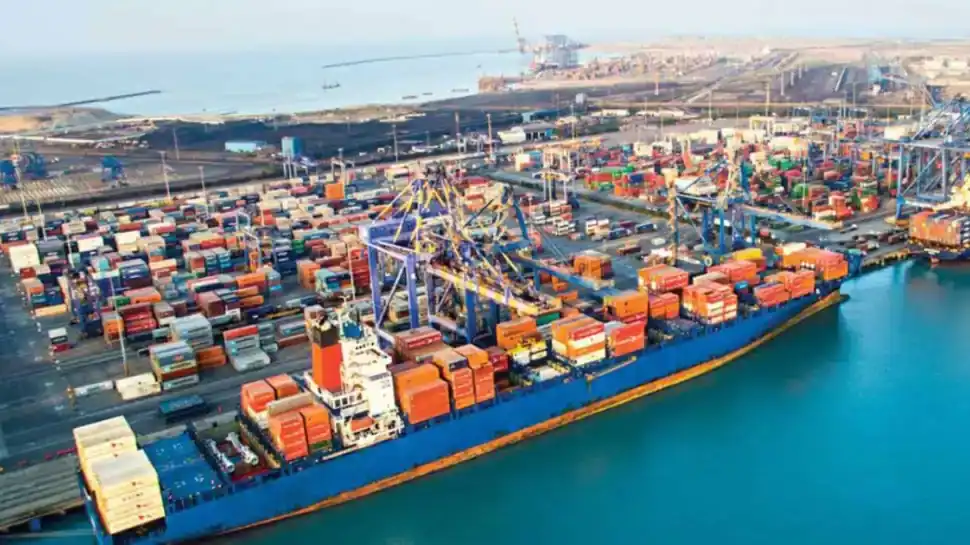
Mormugao Port, located in Goa, is one of India’s key sea ports for handling bulk cargo, particularly iron ore. In the fiscal year 2022–2023, the port handled approximately 17.68 million tonnes of cargo, making it a vital player in the country’s export economy. It is especially known for its significant iron ore exports.
In terms of container traffic, Mormugao Port handled 0.003 million TEUs in March 2023, a smaller but growing segment of its cargo operations. The port’s average ship turnaround time in 2023 was 2.27 days, demonstrating its operational efficiency. These statistics emphasize Mormugao Port’s pivotal role in the export of bulk commodities while also expanding its container handling capabilities.
13. Mundra Port, Gujarat
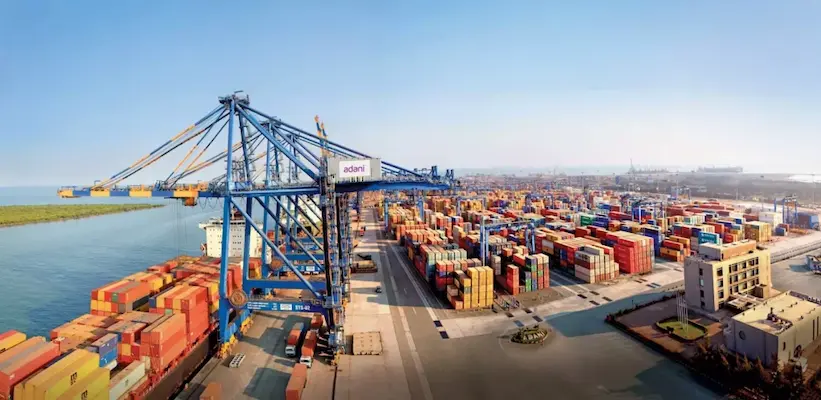
Mundra Port is one of the largest and busiest ports in India, located in Gujarat. The port has made remarkable strides in recent years, establishing itself as a key player in the country’s shipping industry.
In the fiscal year 2023, Mundra Port handled approximately 7.4 million TEUs of containers, showing a significant increase in container traffic compared to 2.7 million TEUs in 2014-2015. This rise reflects the port’s capacity expansion and its growing importance in global trade.
Additionally, in the first quarter of fiscal year 2024–2025, the port managed an impressive 17.6 million metric tons of cargo, setting a record for any Indian port in that period. Mundra’s operations include handling a mix of containerized cargo, coal, liquid bulk, and other essential materials, reinforcing its crucial role in India’s economic growth.
Conclusion
The major sea ports in India are vital to the country’s economic development. Each port serves a distinct function, catering to specific industries and trade requirements. From Mumbai Port’s bustling container terminals to Kandla’s bulk cargo operations, these sea ports are the backbone of India’s trade.
As infrastructure continues to improve, these sea ports in India will only become more crucial in supporting global supply chains and ensuring India remains competitive in the world market. For businesses in India or looking to expand into Indian markets, understanding these major sea ports in India and their capacities is essential for navigating the nation’s trade routes efficiently.
